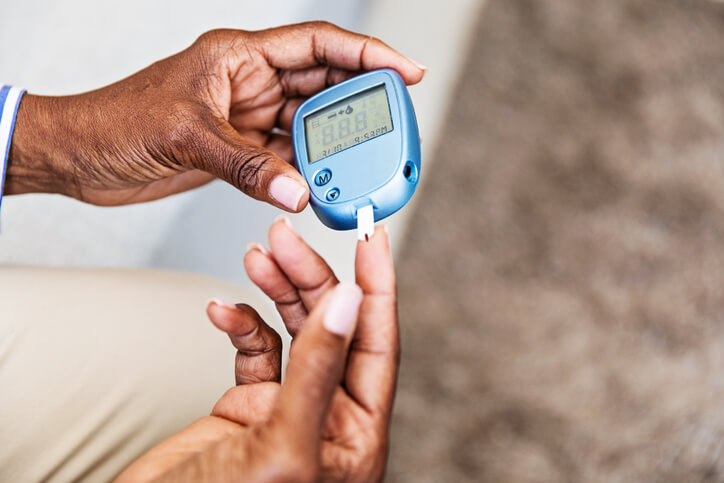Manage Your Diabetes, and Lead the Life You Want
Learn about Baptist Health’s comprehensive program of preventive and maintenance services, and get your health back on track.
Get Started
Diabetes is a condition that affects insulin levels in your body. In the early stages of diabetes, you may or may not experience any of the symptoms described below. You should get tested if you experience any of the early symptoms that may occur, including:
Some people should be tested for diabetes regardless of whether or not they’re experiencing symptoms. The American Diabetes Association (ADA) recommends getting tested if you’re overweight with a body mass index greater than 25 and fall into any of the following categories:
The ADA also recommends that you get an initial blood sugar test if you’re over the age of 45, which helps you establish a baseline for blood sugar levels. Because you’re at greater risk of getting diabetes as you age, testing can help identify your chances of developing it.
Although they’re different conditions, the testing process is similar. A type 1 diabetes test and a type 2 diabetes test usually start with a glycated A1C test and other tests, which are described below.
A1C, also known as glycated hemoglobin test, is one of the most common tests used because its results estimate your blood sugar levels over time and you don’t have to fast. Since your red blood cells have a lifespan of about three months, the A1C test measures your average blood sugar levels over a three-month period. The results are measured in percentages:
A random blood sugar test involves drawing blood at any time, no matter when you last ate. Results equal to or greater than 200 milligrams per deciliter (mg/dL) indicate diabetes.
A fasting blood sugar test measures your blood sugar levels after an overnight fast of eight to 12 hours. The ADA considers prediabetes to be a fasting glucose level of 100-125 mg/dL. Type 2 diabetes is generally defined as a fasting glucose level of 126 mg/dL or higher on two of these tests.
The Oral Glucose Tolerance Test (OGTT) takes place over two hours. Your blood sugar is tested initially, and then you’re given a sugary drink. After two hours, your blood sugar levels are tested again:
Urine glucose tests aren’t always used in testing for diabetes, but doctors may use one if they suspect that you have type 1 diabetes. Your body produces ketone bodies when fat tissue is used for energy instead of blood sugar. If your urine has moderate to large amounts of ketone bodies, this could indicate that your body isn’t making enough insulin.
Gestational diabetes can occur when you’re pregnant and in the second or third trimester. The ADA recommends that women with risk factors be tested at their first visit to see if they already have diabetes. Testing for gestational diabetes is similar to testing for type 1 and type 2 diabetes.
Doctors may use two types of tests to determine if you have gestational diabetes. The first is an initial glucose challenge test that involves drinking a glucose syrup solution. After an hour, blood is drawn to measure your glucose levels. A result of 130 to 140 mg/dL or less is normal. If your reading is higher, your doctor will recommend additional testing.
The follow-up glucose tolerance testing involves not eating anything overnight. Your initial blood sugar levels will be measured, then you’ll drink a high-sugar solution. Your blood will then be tested hourly for three hours. If you have two or more higher-than-usual readings, the results indicate gestational diabetes.
If you have additional questions about diabetes testing or believe you should be tested, find a Baptist Health provider near you today to schedule an appointment.
Learn about Baptist Health’s comprehensive program of preventive and maintenance services, and get your health back on track.
Get Started